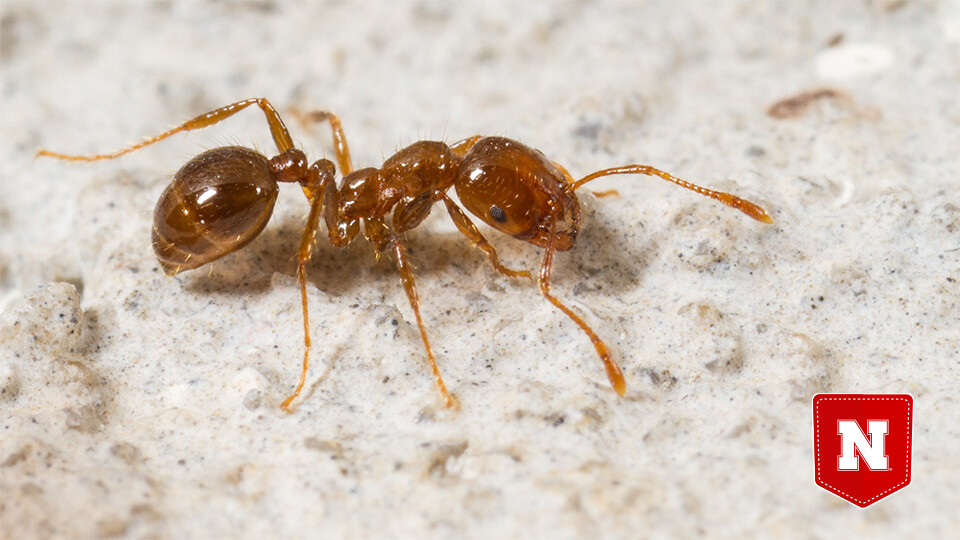
Welcome to Pocket Science: a glimpse at recent research from Husker scientists and engineers. For those who want to quickly learn the “What,” “So what” and “Now what” of Husker research.

What?
The aptly named gopher tortoise is a keystone species of the southeastern United States, digging burrows that can extend more than 30 feet and serve as a habitat for more than 350 other species. Unfortunately, one of them is the red imported fire ant, an invasive species from South America that likely arrived in the 1930s and is named for the fiery sensation that often follows its sting.
The ants prey on a wide range of neighboring invertebrates, along with the hatchlings of the gopher tortoise. Their resilience and numbers mean that they also deprive surrounding species of essential resources.
So what?
To quantify the ecological effects of the fire ants and the effectiveness of efforts to remove them from tortoise burrows, Nebraska’s Katharine Hogan and Craig Allen joined Deborah Epperson of the U.S. Geological Survey in analyzing data collected from southern Mississippi.

Epperson, Allen and colleagues had previously located 100 gopher tortoise burrows, treating half of them with a bait designed to eliminate the fire ant colonies within. Before and after those treatments, they also used a vacuum system to collect and identify the non-ant invertebrates dwelling in the burrows.
The team found that the bait eliminated more than 98% of the red imported fire ants from the burrows. The number of invertebrate species, and the number of specimens within those species, increased markedly after the fire ant communities were eliminated. Butterflies were among the insects that appeared in the burrows only after the ants had been cleared.
Now what?
Regularly treating the burrows for red imported fire ants could prove an efficient, effective way to protect the gopher tortoise and the biodiversity of the ecosystem that depends on its earthy engineering, the researchers said.







